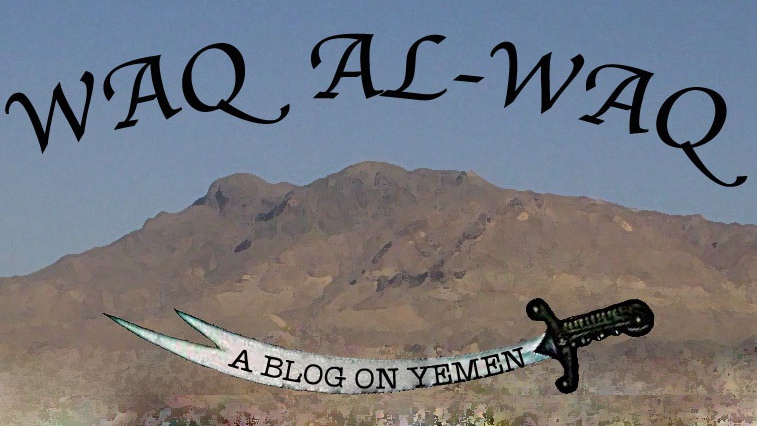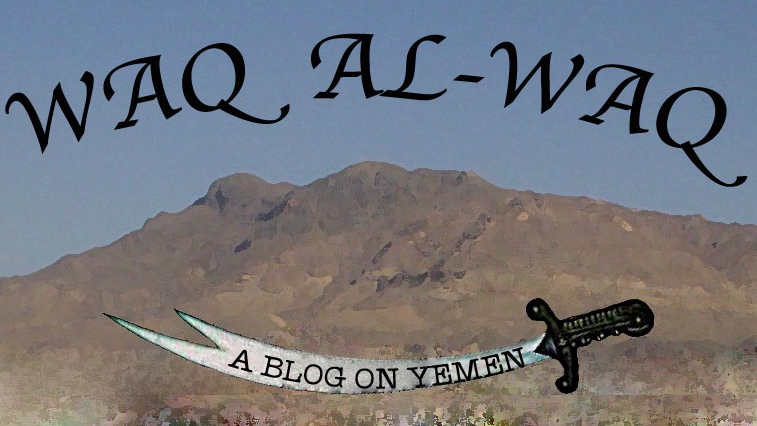Week in Review: Tribal Conflict Edition
According to reports in al-Sahwa and al-Tagheer, soldiers from the 312th brigade have besieged the villages in al-Zuwar, which is located in the Surwah district of Marib in an effort to capture an individual who allegedly fired an RPG at an oil dispatch station in the region of Kufal in Marib. (I’m at a loss to locate Kufal as it doesn’t show up in my geographical dictionary, and like any good blogger I am only as good as my sources.)
According to al-Sahwa the attempted attack was carried out by a member of the Al Tu’ayman tribe in retaliation for the death of a relative at the hands of security forces. The same clan has recently been involved in a number of clashes with the Ministry of the Interior over a plot of land in San’a, which is being claimed by both a shaykh from Al Tu’ayman and the Ministry of the Interior. The disproportionate response may be the result of cumulative actions on both sides – the villagers have asked President Salih to step in to mediate.
Farther south, on the border between Marib and Shabwa, a tribal clash broke out between Al Ishaq – a branch of ‘Abidah – and Al Dhayf Allah – a tribe from the Harib district of Marib. The fighting, which has wounded at least 5, broke out after Al Ishaq gathered to protest the death of one of their tribesmen at the hands of someone in Al Dhayf Allah. The original killing is not explained.
Finally, even farther south in Shabwa, four soldiers from the Central Security Forces were wounded when they came under fire from unknown gunmen in the district of Habban on Wednesday. According to the report, the ambush was laid by tribesmen from Laqmush, who are from Habban and who were seeking either hostages or military equipment that they could use to pressure the government to release a tribesmen who has been imprisoned in Aden for more than six months.
I highlight these stories because – well, I like to trace tribal politics – and more broadly, at least for the readership of Waq al-waq, to illustrate how confusing the tribal landscape can be in Yemen. This is not a place for the uninformed to wander around without a map. Even San’a has more than its fair share of problems trying to understand the various strands of tribal politics throughout the country. And these examples were all from only two governorates.




